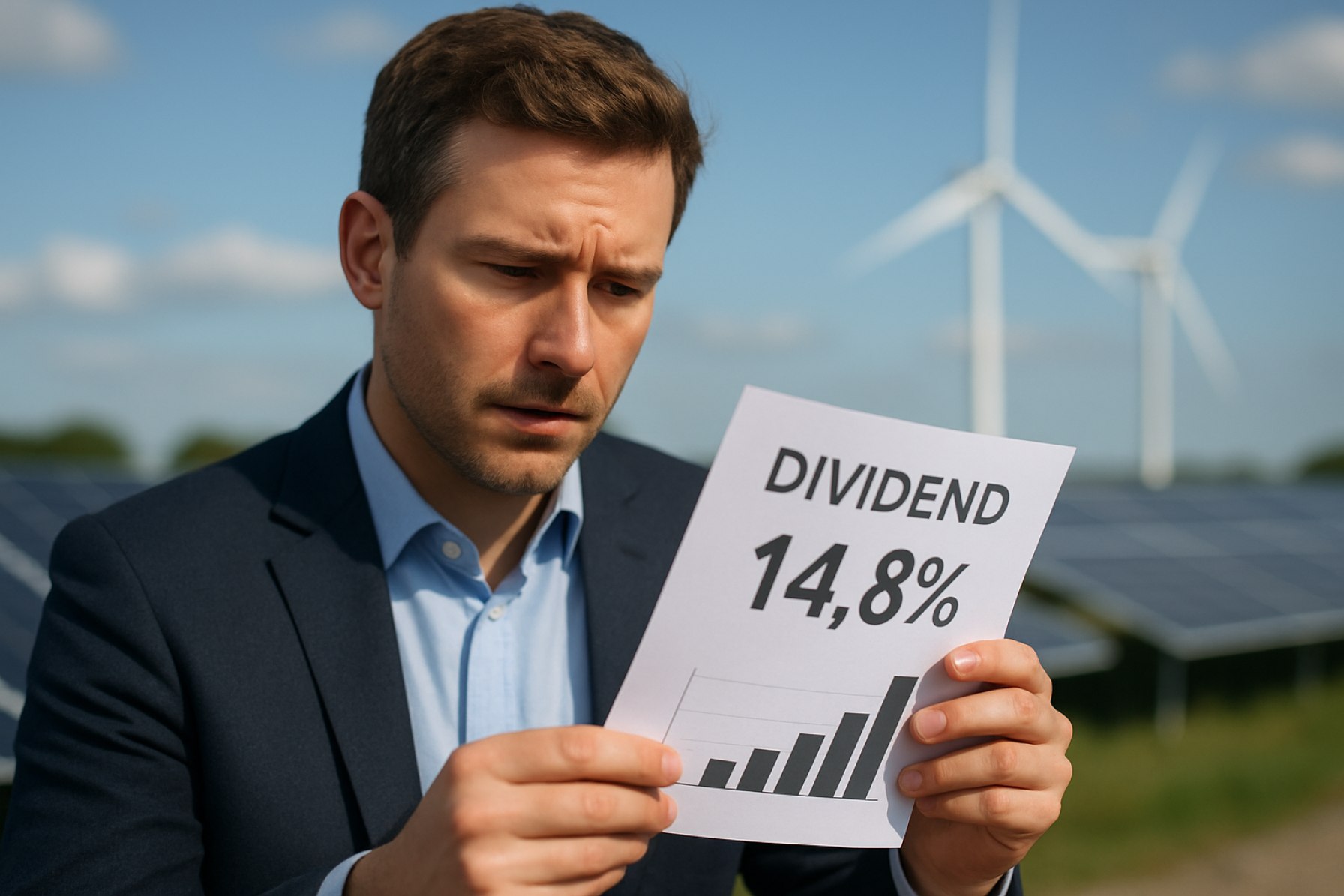The Hidden Gold Rush: Are Renewable Infrastructure Trusts the Best Dividend Play of 2025?
After a bruising few years, renewable infrastructure trusts now dangle double-digit yields—could this be the income opportunity of 2025?
- 14.4%: Current highest dividend yield among leading renewable trusts
- Over 30%: Typical discounts to net asset value (NAV) on major trusts
- 28.2%: Share of UK electricity from fossil fuels in 2024 (down from 68.7% in 2012)
- £210m: Value of renewable trust assets sold in premiums since 2022
2025 has brought an unlikely spectacle to income investors: beaten-down renewable infrastructure trusts now flashing high, even double-digit yields—the kind hard to find anywhere else. A sector battered by the surge in global interest rates is suddenly a hotspot for those chasing income and long-term growth. But is this a fleeting chance or a classic value trap? Here’s what every smart investor needs to know.
Why Did Renewable Trusts Crash—and Are They Due for a Rebound?
Higher borrowing costs have bruised the renewable trust sector since 2022. When rates soared by 5%, alternatives for yield-hunters mushroomed, stealing limelight from infrastructure trusts. As borrowing got pricier, trusts relying on leverage felt the squeeze, with some now scrambling to sell assets just to meet higher refinancing costs.
But where others see chaos, savvy investors spot opportunity. Today, shares in top trusts often trade at discounts of up to 30%—sometimes more—below the real value of the assets they own. Unlike stocks, these hard assets (think wind farms, solar parks) are slow to sell, which prolongs market discounts and makes for nervous investors.
London Stock Exchange
International Monetary Fund
Which Renewable Trusts Offer the Juiciest Yields in 2025?
The numbers are startling. Take SDCL Efficiency Income, off more than 50% from its NAV—and offering a dividend yield at an eye-watering 14.4%. NextEnergy Solar sits at a 12.9% yield; Greencoat UK Wind and Foresight Environmental Infrastructure both pay around 9–10%. These yields handily outstrip the FTSE 100’s average of just 3.5%.
Still, the big question lingers: are those dividends sustainable, or just bait for the desperate? Industry updates suggest well-run trusts like TRIG and Greencoat UK Wind are still selling assets above book values (even in 2025), keeping cash flows robust. Most operational UK wind farms have half their income secured by inflation-linked subsidies, making payouts surprisingly resilient—even in roller-coaster markets.
Q&A: Are Renewable Trusts Safe in a High-Rate World?
Q: What’s the main risk for dividend hunters?
A: Trusts with short-term, floating-rate debt face the biggest headaches as refinancing bites. But many have locked in fixed rates or are actively slashing debt, reducing future shocks.
Q: How reliable are the asset values?
A: Recent sales show private investors still pay up for renewables, with portfolio pieces fetching or exceeding their official NAVs. That’s a stamp of confidence—at least for now.
Q: What about political and regulatory risks?
A: The energy transition is a politically hot issue. Moves like the US reviewing subsidy regimes can spark turmoil. But in the UK and much of Europe, the commitment to decarbonization (and tight energy supply) keeps industry prospects solid for the medium term.
How to Identify the Best Renewable Trusts for Your Portfolio
Focus on trusts with diversified assets—ideally those with long-term, fixed subsidies and proven management track records. Offshore wind remains a crown jewel, with the UK leading globally in installed capacity.
While the cancellation of mega-projects like Ørsted’s Hornsea 4 raises concerns, it could also mean less capacity coming online—supporting higher long-term electricity prices for existing assets. Trusts with prudent gearing, transparent buyback programs, and a solid history of covered dividends are prime hunting ground.
National Grid
Bloomberg
Verdict: Time to Buy or Stay on the Sidelines?
The future of renewables remains bright—both for the planet and for investors. The sector’s high yields are, for now, underpinned by hard assets, government-backed cash flows, and energy transition tailwinds. Sentiment is still fragile, but long-term fundamentals are alive and well. For the contrarian investor, this may be a rare chance to lock in inflation-busting income at historically low prices.
Ready to catch the green dividend wave? Here’s your 2025 action checklist:
- Review trust debt structures: Favor fixed over variable rates.
- Crosscheck dividend cover ratios—avoid yield traps!
- Seek diversified portfolios with meaningful UK/Europe wind exposure.
- Watch for active buyback programs as a positive sign.
- Monitor regulatory and subsidy shifts—especially out of the US and UK.
Seize today’s green income opportunity—before these discounts disappear!
